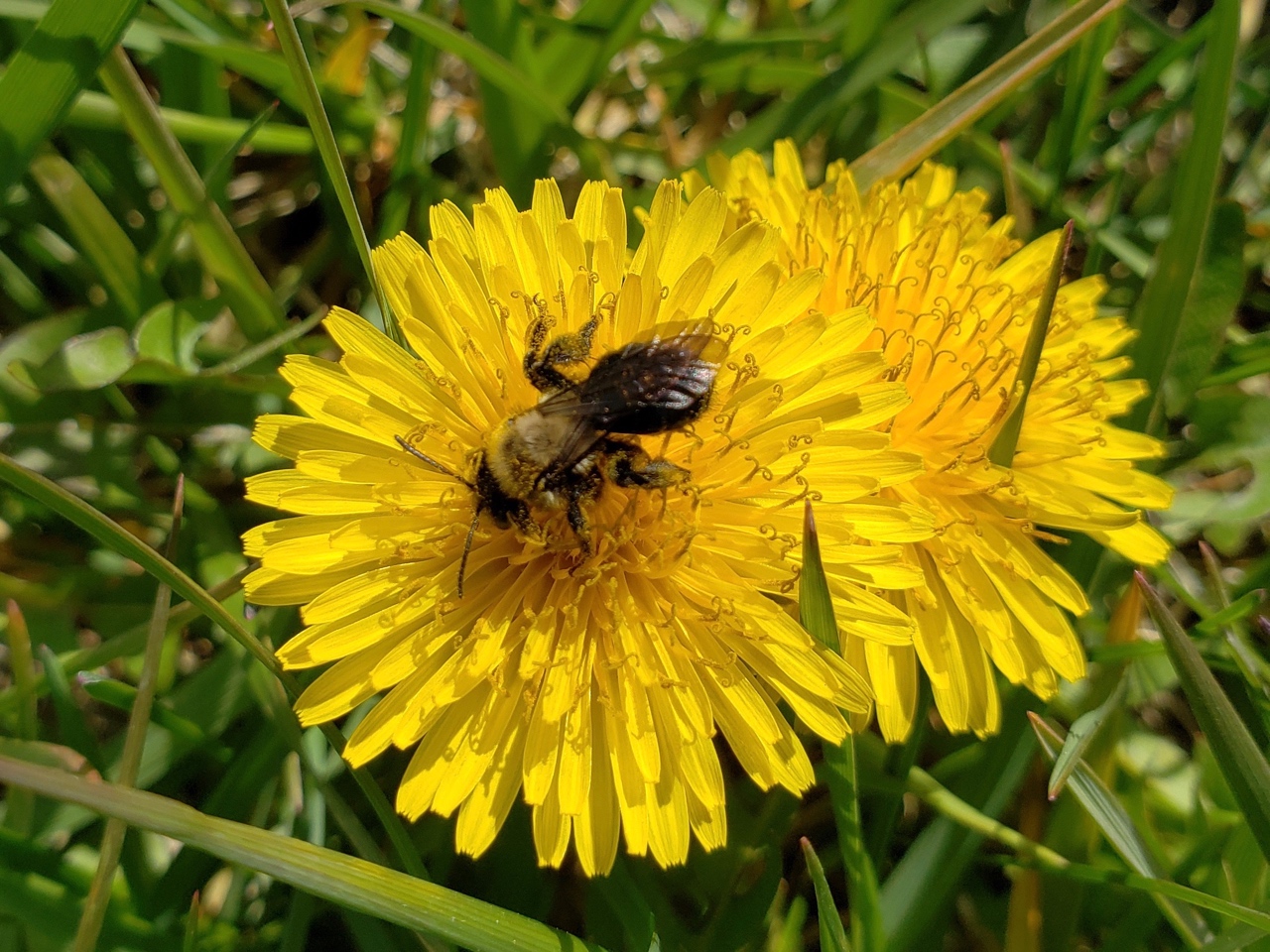
As I look out on the pastures, I see a golden sea of cheery dandelions – and it makes me smile. Back in my unenlightened suburban days, I used to fight them: dig them up by the roots (and – oh, horror! – throw the roots away), apply “weed” killer. No more! We don’t use chemicals here, and we know that the pasture our rabbits and fowl consume is nutritious and unadulterated. It also means that we can freely consume any of the edibles that grow wild on our property, like chicory, plantain, wild violets, and our friends the dandelions.
I’ve been making a wildly popular (at least in our household) water kefir second ferment with the freshly-picked dandelion blooms and a little ginger, but there are far more dandelions reaching toward the heavens in our fields than we could possibly use in water kefir. What to do? Find other uses, like dandelion wine!
This post is numbered 1 because it is the first in what I anticipate will be a series of batches of dandelion wine made from different recipes. This particular recipe is from Mother Earth News and appears (at least from the brevity of the article) to be intended as a short-fermented wine that’s drunk young. It’ll be very interesting to see how that works out because I’ve also read that including the green parts of the blooms will make the wine very tannic and that it needs extra-long aging to mellow it. Time will tell.
The first step in the process was to pick a gallon of big, fresh blooms. Then I poured boiling water over the blooms and let it steep for 3 days. At the end of the steeping period, I strained the liquid and pressed any remaining liquid from the spent blooms. The tea went into a large pot, along with chopped citrus fruit (I took some liberties here because I didn’t have any oranges, but did have grapefruit, and I also subbed a few limes for a couple of lemons), and sugar. The mixture boiled in a stockpot for 30 minutes.
As you can probably tell from the photo, the pot was too small. I had a bad feeling when I poured the “tea” from the fermenting bucket into the pot and realized it was concerningly close to the top of the pot already – and that was before adding the fruit. Nonetheless, I figured I could turn the heat down if the boil was too vigorous. Well, that plan didn’t work out at all – the pot promptly boiled over before I could turn down the heat (pretty much as I was reaching for the control) and the syrup began to burn on the burner, filling the kitchen with the smell of burned caramel and smoke. Egads!! After a few choice words, I pulled the pot (carefully) to a cool section of the stovetop and (carefully) transferred the hot, sticky, liquid into my gigantic Tall Boy Kettle to continue boiling away. What a mess!!
Once the mixture had boiled, I let it cool for several hours to about room temperature and then pitched champagne yeast and covered it with a breathable lid. When I checked it the next day, the mixture was bubbly and active. I give it a vigorous daily stir to aerate it, too. The recipe instructs the winemaker to let the mixture ferment for 2-3 weeks (until the fermentation ceases), then strain and bottle. I’m skeptical that the fermentation will be complete and that the wine will be ready to bottle at that point, but we’ll find out soon enough. A wine that finishes quickly certainly has its advantages…as long as it doesn’t sacrifice taste for speed.
The next recipe for the dandelion wine that I’m planning to make requires the dandelion petals only. It’s a fair amount of work to remove just the petals (I get a taste of this when making the dandelion water kefir, since I use petals only), so the finished product had better be good. I’m willing to find out!
Find the recipe at the Mother Earth News website here: Dandelion Wine Recipe.

Comments are closed.